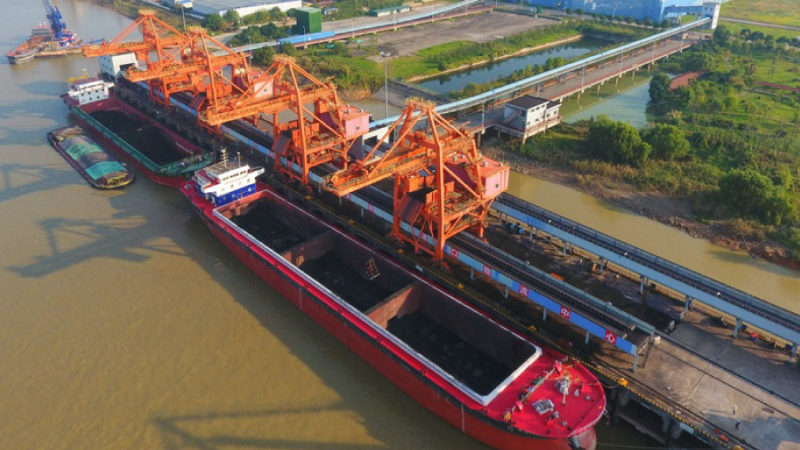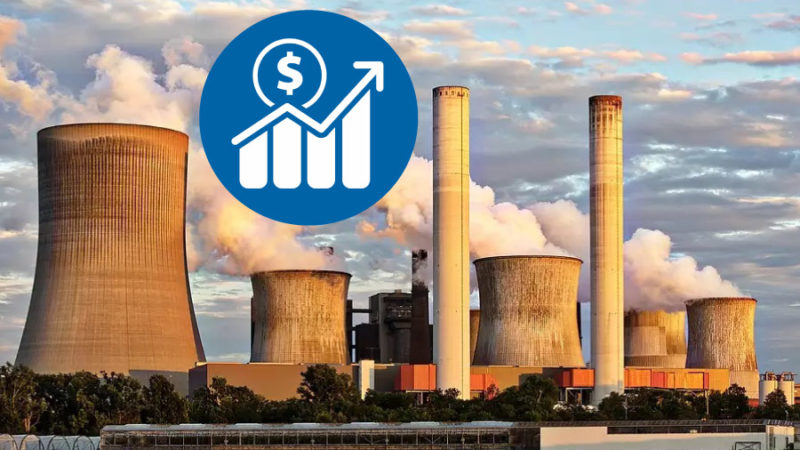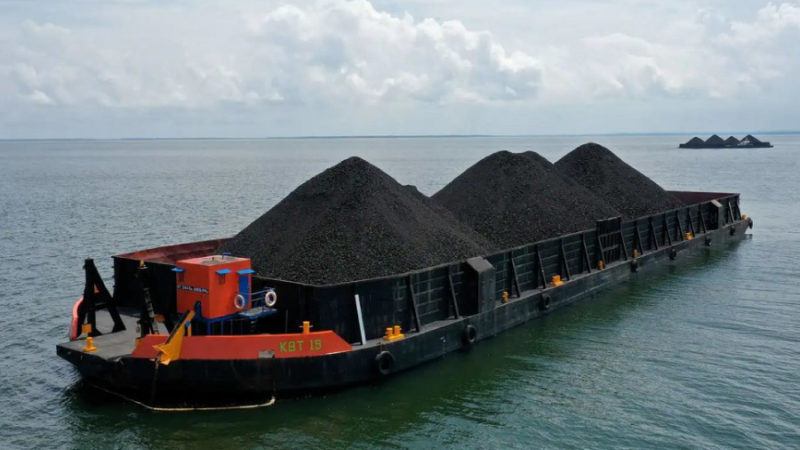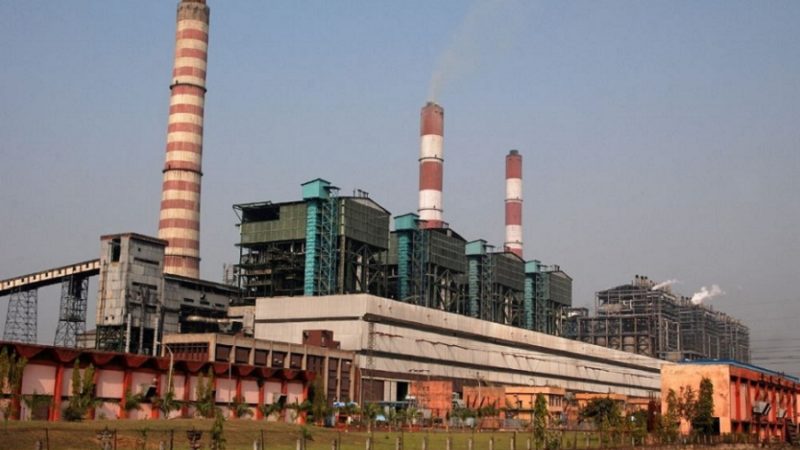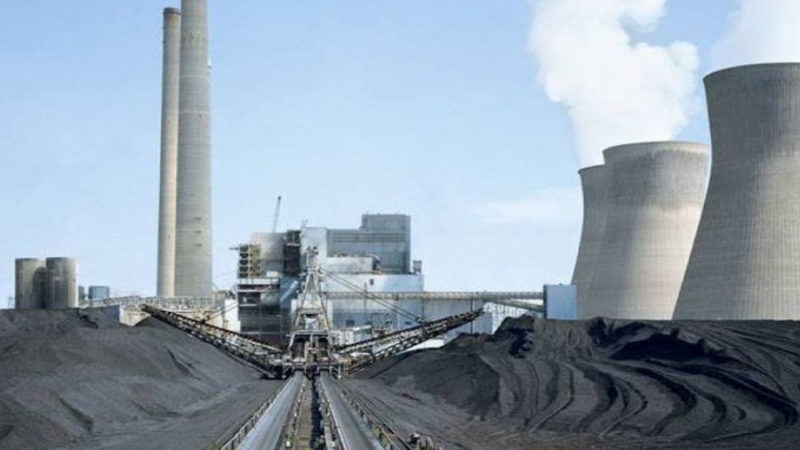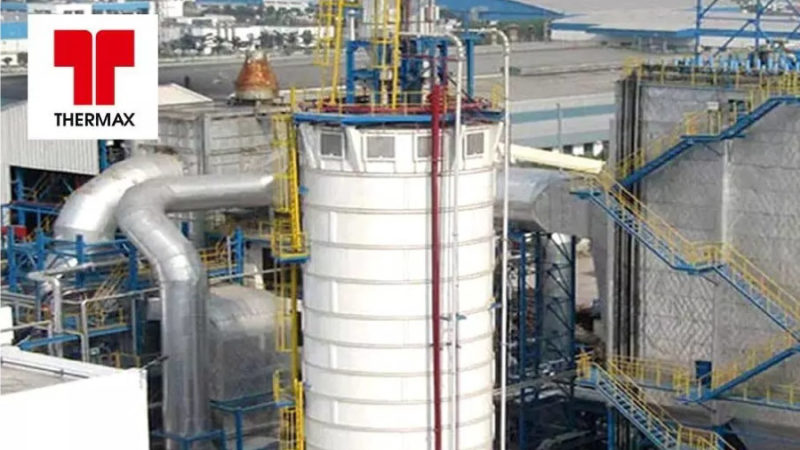Thermal Power Derailment
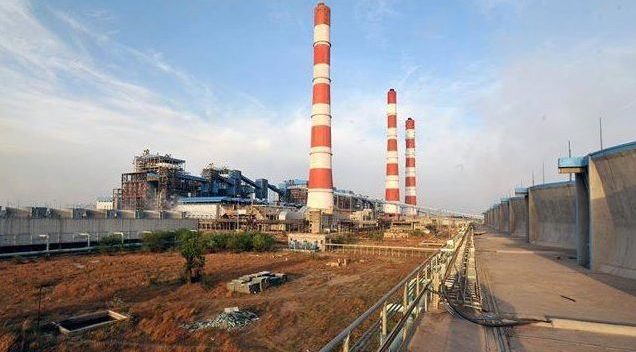
The pressure continues for the conventional power generation segment over the past one year. Not only the thermal power sector recorded the fall of around 49 percent in capacity additions but is also operating at a very low plant load factors. Further, due to subdued power demands the sector is witnessing accumulation of the stressed power assets. The government is looking at the possibility to improve thermal plant utilization, ensure optimal coal utilization and draw up strategies to bail out stranded assets in order to bring the segment back on track.
Growth & Performance
Thermal Power has long been the backbone of the Indian power sector and will continue to be for the foreseeable future. With around 330.15 GW of the total installed capacity in the country as the end of July 2017, coal-based capacity accounts for over 59 percent, while renewable accounted for 18 percent,, hydro accounted for 14 percent and gas sources accounted 8 percent.
However, during 2016-17 for the first time, renewable capacity addition surpassed all the other sources of generation in the country. While coal, hydro, gas, and nuclear capacity additions were 10.6 GW, 1.6 GW, 926 MW and 1 GW respectively, capacity addition from renewable was 11.3 GW during 2016-17.
In 2016-17, thermal power sector witnessed a decline of 49 percent on capacity addition front over the previous year with around 11.5 GW of capacity addition. On the other hand, during 2016-17, the total power generation from conventional sources (thermal, hydro and nuclear) stood at 1,154.5 GWh, an increase of 5 percent over the previous year. Coal-based power continues to be the mainstay of power generation in the country, accounting for 80 percent of the total generation.
However, attributing to the poor health of discom and competition from cheaper renewable energy sources, the PLF for coal-based power plants stood at 59.64 percent during 2016-17, registering a 2.44 percentage point decline over the previous year.
Prevailing Ailment
Due to a host of reasons such as non-availability of fuel supply arrangements, the absence of power purchase agreements (PPAs), promoters’ inability to infuse equity and falling electricity prices at the exchanges – are leading to the build-up of stressed assets in the thermal power segment. As per latest data from the Department of Financial Services, Ministry of Finance, around 34 TPPs are under stress with an estimated debt of about Rs 1.77 trillion as of July 2017.
The Ministry of Power (MoP) is currently working on a number of proposals so as to tackle this situation. In this regard, one of the solutions that the government is considering – is the creation of an asset reconstruction company to address the problem of stressed assets in the power sector and for its recovery and rehabilitation. Further, modification in the medium and short-term PPA norms for stressed assets is also under consideration – to eliminate the contractual requirement of paying a fixed cost (by the discom) even if no power is purchased.
In addition, it is also been suggested that the government should look into the creation of a special purpose vehicle (SPV, which is a company set up for a specific purpose) to which all stressed power generation assets could be transferred after their acquisition by lenders. The department of financial services in the finance ministry would identify these assets. These projects would then be auctioned. On the other hand, an option of the acquisition of stressed TPPs by leading PSUs is also being explored by the government.
Equipment Demands
At present, the coal-based project pipeline is weak with no new projects in the pipeline. The CEA draft National Electricity Plan (NEP) for the period 2017-22, has indicated that no new coal-based capacity addition is required over the next decade as the coal-based capacity of 50,025 MW is already under construction. Thus, on account of order inflows drying up, delays in project execution, margin pressures, and an oversupply scenario, the power equipment industry has been hit hard in the past few years.
The average annual power project awards have been less than 9 GW, against the annual rate of 25-30 GW earlier. This has created a dark shadow on the future of the industry with a negligible hope that the industry could recover from the prevailing slowdown. However the good news for the industry came in end-2015, when in order to comply with the Conference of the Parties (COP21) commitments, the environment ministry issued new norms to restrict the emissions of nitrogen oxide (NOx), sulphur dioxide (SO2) and particulate matter (PM) from thermal power plants (TPPs).
This has helped a lot in infusing a fresh life spark in the crawling industry sentiments. Since compliance with the norms by existing and upcoming projects would require significant equipment upgrades and a large number of emission control systems it opened a door for a huge business opportunity and stimulus for the equipment industry’s recovery. Since the announcement of the norms, the market has already begun to see a flurry of activity with tenders being issued by various utilities. The good news is that the domestic equipment industry’s existing manufacturing capacity is not a constraint for FGD or SCR systems as with their technical tie-ups with global solution providers, the industry is fully geared up to meet the power sector’s requirements.
In this respect, there was a recent announcement from Jindal Steel and Power Limited (JSPL) which signed a technical cooperation agreement with German emission control systems major VPC GmbH. Under this alliance, manufacturing lines will be set up in JSPL’s existing facilities at Raipur and Punjipatra for emission control systems. JSPL aims to start manufacturing and commercial dispatch of “Made in India” emission control systems by December 2017.
Conclusion:
Though, the government has undertaken necessary steps through various schemes to ease the pressure on banks through strategic debt restructuring, which offers banks equity in lieu of stressed assets, and the scheme for the sustainable structuring of stressed assets (S4A), which affords financial restructuring by allowing lenders to acquire equity. So far, these schemes have been able to provide limited relief to banks by changing the capital structure and postponing the problem of poor potential cash flows, however, due to lack of off-take and lack of power purchase agreements (PPAs) and availability of coal, the gloomy situation in the sector still prevails. There is an urgent need for necessary steps that can help minimize NPAs and also provide a signal to new investors who haven’t put money into the conventional power sector.



